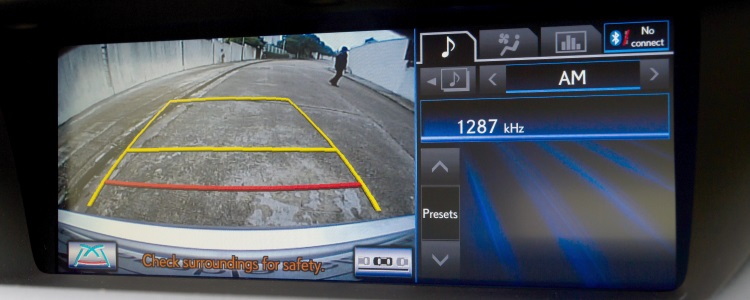The National Highway Traffic Safety Administration (NHSTA) has been working diligently for increased driver safety for nearly 50 years. In today’s technologically advanced society, vehicle safety precautions are coming about more rapidly than they have in the past, and with an increasing ability to keep us safe on the roadways.
The NHTSA has been implementing vehicle safety standards since 1970, when it was officially established by the Highway Safety Act. The NHTSA is responsible for reducing deaths, injuries, and economic loss from motor vehicle crashes. They do this by setting and enforcing safety standards for vehicles and their equipment. But, despite all this, the number of crash-related deaths is on the rise.
Where Advanced Safety Systems Are Failing
There are many reasons why crashes are on the rise. Some, such as drowsy and distracted driving, have vehicle safety systems specifically designed to alert, or compensate for, drivers who find themselves in these situations. Of course, these features can only help to prevent crashes and save lives if they are on.
In some cases, advanced safety features can be easily disabled (and sometimes not so easily), and many drivers are doing just that. Typically, drivers turn off these systems because they find the warnings to be excessive, false, or an annoyance. A good tip: lane departure warnings engage when they sense a crossed lane marker without the turn signal engaged, so, always signal when purposefully changing lanes.
A 2016 study conducted by the Insurance Institute for Highway Safety (IIHS) found, at Honda dealerships in two U.S. states, that two-thirds of the vehicles with lane departure warning systems came in for service with that feature disabled. In separate studies, the IIHS also found 87 percent of Dodge, Jeep, and Toyota owners regularly disable the system, while the alerts from lane departure warnings were found to be annoying to Volvo and Infiniti owners.
What Safety Features Can Help With
However, keeping safety systems engaged can greatly reduce the potential for deadly crashes. According to the NHTSA, systems such as lane departure warnings have the potential to reduce lane- and road-departure crashes by over 26 percent. Lane departure systems that are even more advanced—using automatic braking and steering for lane keeping—have the potential to reduce those crashes by over 50 percent.
The number of advanced safety systems available to consumers today is growing quickly, and has seen a drastic uptick in recent years. Many of these features, however, are not yet standard and also may not be available in all makes and models. Though the push for standardization is there, many consumers will have to purchase these as optional features to take advantage of the unique safety features.
Changes to Come in Safety Standards
Some safety features, like back-up cameras—which are already widespread—will become standard soon. A 2014 ruling by the NHTSA mandated that all new vehicles under 10,000 pounds are required to have “rear visibility technology” standard by 2018. And this year, the Department of Transportation announced a key safety agreement with automakers that will require automatic emergency braking to be standard on more than 99 percent of new vehicles by 2022.

The most commonly found advanced safety systems today include:
- Adaptive cruise control
- Automatic emergency braking
- Blind-spot warning
- Lane departure warning
- Lane keeping assist
- Forward-collision warning
A June survey of Consumer Reports subscribers shows the majority of vehicle owners—with a variety of 2011 to 2017 makes and models—are satisfied with their advanced safety technology. The survey found that blind-spot warning and rear cross-traffic warning got the highest scores from car owners, both showing an 83 percent satisfaction rate.
Your Start toward a Safer Vehicle
Are you eager to begin driving safer with the help of advanced safety features? Have you been unable to get a car due to bad credit problems? Auto Credit Express wants to help. Our dealer network has lenders that are available to work with a number of challenging credit situations. Let us help you take the first step toward owning a safer vehicle by filling out our online auto request form now!
















